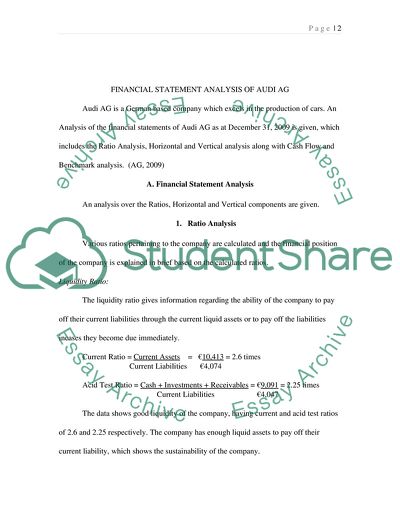Cite this document
(Financial Statement Analysis of Audi AG Case Study, n.d.)
Financial Statement Analysis of Audi AG Case Study. Retrieved from https://studentshare.org/finance-accounting/1745854-financial-stattement-project
Financial Statement Analysis of Audi AG Case Study. Retrieved from https://studentshare.org/finance-accounting/1745854-financial-stattement-project
(Financial Statement Analysis of Audi AG Case Study)
Financial Statement Analysis of Audi AG Case Study. https://studentshare.org/finance-accounting/1745854-financial-stattement-project.
Financial Statement Analysis of Audi AG Case Study. https://studentshare.org/finance-accounting/1745854-financial-stattement-project.
“Financial Statement Analysis of Audi AG Case Study”, n.d. https://studentshare.org/finance-accounting/1745854-financial-stattement-project.


